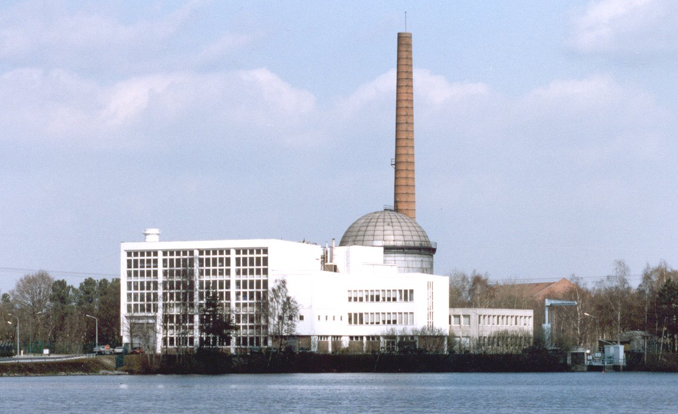Schematic of the BR3 with detail of the reactor building (Source: SCK CEN Mol)
SCK CEN plays an important pioneering role in the decommissioning of nuclear installations in Europe. After the shutdown in 1987, the European Commission selected the BR3 as a pilot project to study and demonstrate the technical and economic feasibility of reactor decommissioning in real conditions. As a result, SCK CEN has built up important expertise that can also benefit the decommissioning of the nuclear reactors at Doel and Tihange.
Cutting the reinforced concrete shield of the reactor vessel is done for the very first time in Belgium. Activated concrete is being cut in a nuclear environment for the first time in Belgium.
“Interboring and its employees are therefore very proud that this project will be added to the list of unique nuclear references. As a result, Interboring is positioning itself even more as a concrete surgeon in a nuclear market that will trigger a major industrial decommissioning activity with the upcoming closure of the Belgian nuclear power plants,"
The works will start before the summer holiday 2022 and will last one year.
About Interboring: Interboring bv is a Flemish family SME with its registered office in Zonhoven and founded in 1983 by Erik Witters. Started with drilling in concrete, evolved to sawing concrete, and later also drilling and sawing metal. For several years now, the service has also included non-destructive concrete testing. In the nuclear sector, Interboring has been a reliable partner for Electrabel, SCK CEN and ONDRAF/NIRAS (& Belgoprocess) for decades.

